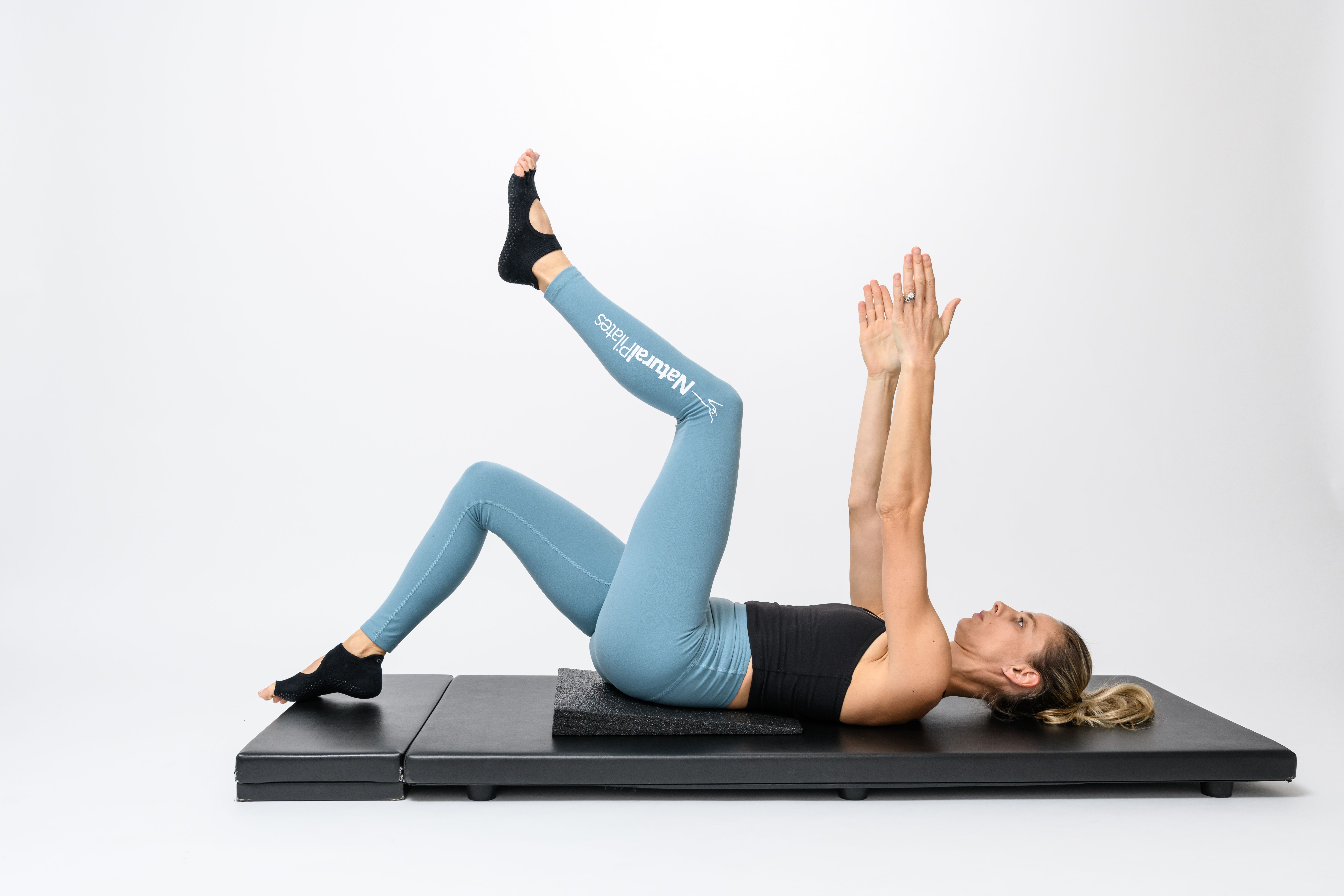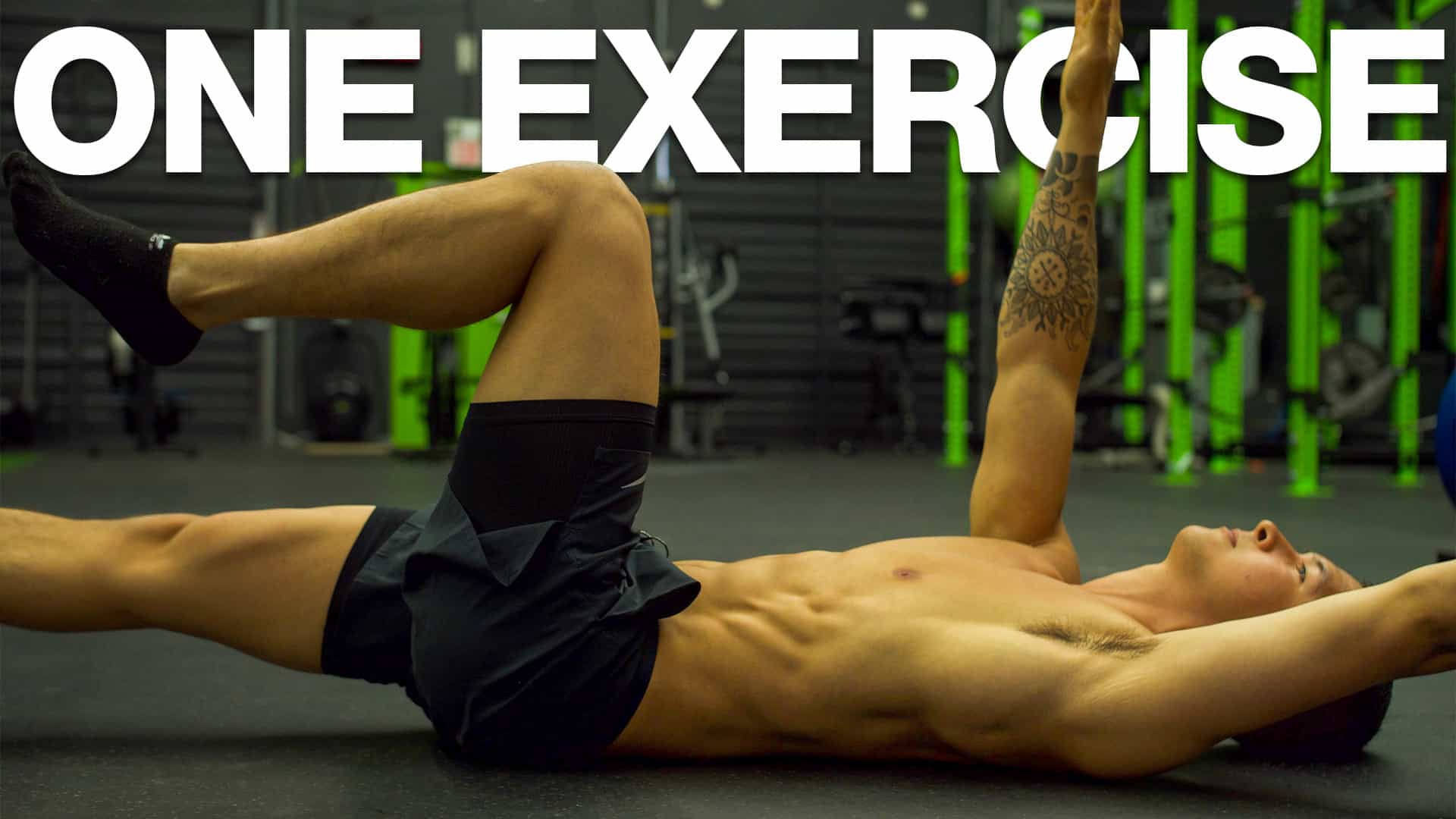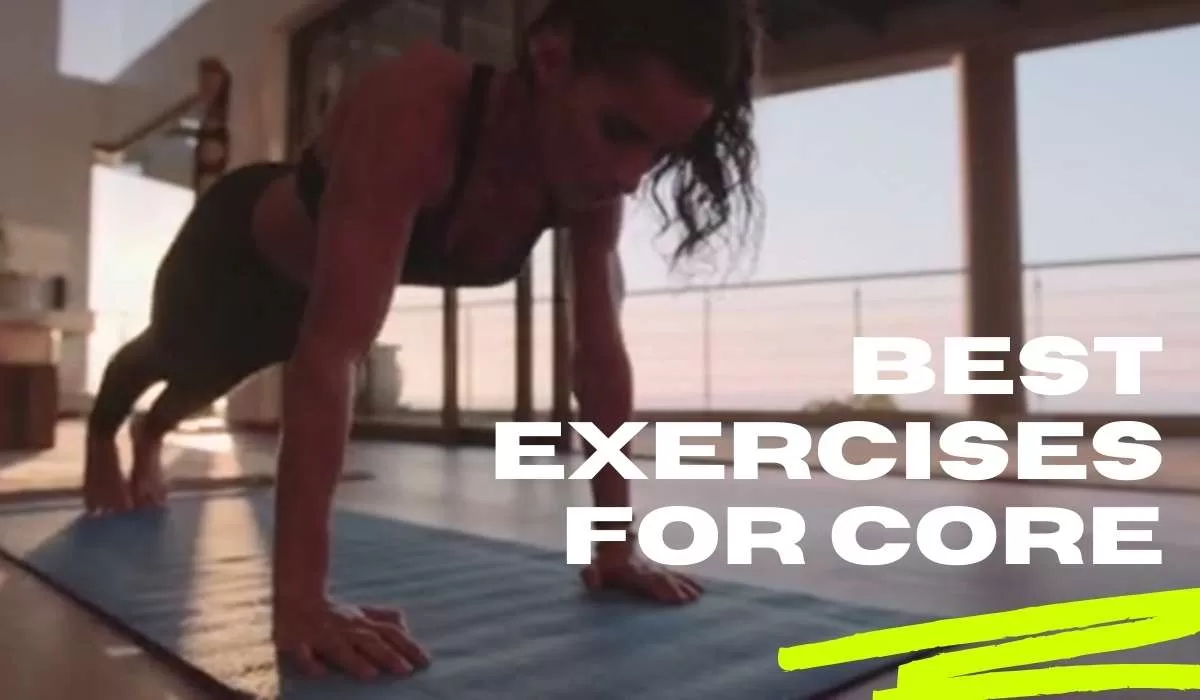Importance of Core Strength

A strong core is essential for overall fitness. Your core muscles stabilize your body and support your spine in every movement you make. When your core is strong, you have better balance and stability, reducing the risk of injuries. Core strength is crucial for performing everyday tasks with ease and for improving your athletic performance in various sports. Engaging in core-strengthening exercises can enhance your posture and help alleviate back pain. Prioritizing core strength in your fitness routine leads to better overall health and well-being.
Benefits of Core Strength
Building core strength has numerous benefits for your overall health and fitness. A strong core improves your posture, reducing strain on your back. It enhances your balance and stability, which are essential for everyday activities and sports performance. Core strength can help prevent injuries by providing support to your spine during movements. Additionally, a strong core can contribute to better athletic performance in various activities. Regular core exercises can also help tone and define your abdominal muscles for a more sculpted appearance.
Core Muscles and their Role in Fitness
:max_bytes(150000):strip_icc()/Stocksy_txp8e0255fdyiu000_Medium_837932-5707ee3c5f9b581408da695d.jpg)
Your core muscles play a vital role in fitness. They provide stability for your body during movements and exercises. Strong core muscles help improve your posture and balance, reducing the risk of injuries. Whether you’re lifting weights, running, or doing yoga, a strong core is essential for overall strength and performance. By strengthening your core muscles, you enhance the effectiveness of your workouts and support your body in various physical activities.
Plank Exercises
To strengthen your core effectively, plank exercises are key. Planks engage multiple muscles at once, including your abs, back, and shoulders. Start with a traditional plank by holding a straight-arm position for 30 seconds. Challenge yourself with variations like side planks to target obliques and improve stability. Plank exercises not only build core strength but also enhance overall body balance and posture. Incorporate planks into your routine for a solid core foundation.
Traditional Plank and its Variations
:max_bytes(150000):strip_icc()/SHP_MTM_Plank_3x2-085ac52252f942058d4757b718289989.jpg)
For a traditional plank, start by holding a straight-arm position for 30 seconds. Make sure your body forms a straight line from head to heels. If you want to challenge yourself, try plank variations like forearm plank, side plank, or plank with leg lifts. These variations engage different muscles and boost core strength effectively. Focus on proper form and engage your core throughout the plank exercises to maximize their benefits.
Side Plank and its Benefits
To perform a side plank, lie on your side, lift your body with your elbow and feet, and hold. The benefits include strengthening your obliques, improving balance, and enhancing overall core stability. Side planks also work your shoulders and hips, promoting better posture and reducing the risk of back pain. Adding this variation to your routine helps target different core muscles for a well-rounded strength training workout. Incorporate side planks regularly to see improvements in your core strength and stability.
Pilates for Core Strength
Incorporating Pilates into your fitness routine is a great way to enhance your core strength. Pilates focuses on controlled movements that engage your core muscles, helping to improve stability, posture, and balance. Through targeted exercises, Pilates works the deep muscles of your abdomen and back, providing a strong foundation for overall strength and flexibility. Consistent practice of Pilates can lead to a more toned and resilient core, supporting your body in various activities and reducing the risk of injuries.
Introduction to Pilates
Pilates is a form of exercise that focuses on strengthening your core muscles. It involves precise movements to improve flexibility, posture, and overall body alignment. Pilates targets the deep muscles in your abdomen and back, enhancing stability and balance. This practice emphasizes controlled breathing and mindful movements to engage your core effectively. When done consistently, Pilates can help you build a strong foundation for better physical performance and reduce the risk of injuries.
Key Pilates Exercises for Core Strength

To strengthen your core with Pilates, focus on exercises like the Hundred, which engages your abdominal muscles and improves endurance. The Pilates Roll-Up targets your deep core muscles and enhances flexibility. Try the Plank variation where you lift one leg at a time for added challenge. The Pilates Side Leg Lifts work the outer thighs and hip muscles while stabilizing your core. Incorporating these key Pilates exercises into your routine will help you build a strong and stable core.
Yoga Poses for Core Strength
To improve your core strength through yoga, focus on poses like Boat Pose, where you balance on your sitting bones while engaging your abdominal muscles. Explore variations like Half Boat or Low Boat to challenge yourself further. Plank Pose is another excellent option, requiring you to hold a push-up position while activating your core muscles. These yoga poses help in strengthening not just your abs but also your back and pelvic floor muscles. Practice them regularly for a stronger core.
Boat Pose and its Variations
In Boat Pose, sit on the floor and lift your legs, balancing on your sitting bones. To challenge yourself more, try Half Boat by lowering your upper body and straightening one leg. Another variation is Low Boat, where you lower your legs and upper body closer to the ground. These variations help strengthen your core muscles and improve balance. Practice Boat Pose and its variations regularly to feel the burn in your abs and build a strong core.
Plank Pose and Core Engagement

Engage your core effectively by holding a Plank Pose. Maintain a straight line from head to heels. Squeeze your abs and glutes to activate your core. Keep your elbows under your shoulders for proper alignment. Breathe steadily throughout the hold to build endurance. Focus on engaging your entire core, including your lower back and obliques. Stay strong and feel the burn as you work on strengthening your core muscles with Plank Pose.
Weight Training for Core Strength
To strengthen your core with weight training, focus on exercises that target multiple muscle groups. Incorporate exercises like deadlifts, squats, and overhead presses to engage your core stabilizing muscles. Utilize free weights, resistance bands, or weight machines to add resistance. Start with lighter weights and gradually increase as your strength improves. Remember to maintain proper form to avoid injury and maximize effectiveness. Consistent weight training will help you build a strong and stable core.
Benefits of Weight Training for Core
When you engage in weight training for your core, you are not only strengthening your abdominal muscles but also your lower back, hips, and pelvis. This comprehensive approach helps improve your overall stability and posture, reducing the risk of injuries during daily activities and sports. By incorporating weight training into your core workouts, you can enhance functional strength and support for your spine. The resistance provided by weights challenges your core muscles, leading to increased strength and endurance over time.
Best Weight Training Exercises for Core

To target your core effectively through weight training, incorporate exercises like deadlifts, weighted planks, Russian twists, and overhead presses. These exercises engage multiple muscle groups in your core while providing resistance to strengthen and stabilize your midsection. Weighted sit-ups and cable rotations also challenge your core muscles while promoting overall strength and endurance. Including these weight training exercises in your routine will help you develop a strong and stable core over time.
Conclusion
Incorporate core exercises into your fitness routine consistently. By prioritizing core strength, you enhance overall stability and performance in various activities. Don’t forget to mix up your routine with a variety of exercises to target all core muscles effectively. Remember, maintaining core strength requires dedication and regular practice. Focus on proper form and technique to maximize your results and prevent injuries. Keep challenging yourself to progress and sustain a strong core for long-term health and fitness benefits.
Incorporating Core Exercises into Your Fitness Routine
To incorporate core exercises into your fitness routine, start by setting aside dedicated time for them. Choose a variety of exercises that target different core muscles to ensure comprehensive strengthening. Mix up your routine regularly to avoid plateaus and keep challenging your core. Focus on proper form and technique to maximize effectiveness and prevent injuries. Remember, consistency is key in developing and maintaining core strength. Make it a priority in your workout schedule to see long-term benefits.
Tips for Maintaining Core Strength over Time
To maintain your core strength over time, consistency is key. Keep up with your core exercises regularly to see lasting results. Focus on proper form to maximize the effectiveness of each movement. Gradually increase the intensity of your workouts to continue challenging your core muscles. Additionally, incorporate a variety of exercises to target all areas of your core. Remember to listen to your body and rest when needed to prevent overtraining. By following these tips, you can sustain your core strength and reap its benefits in the long run.For More blogs visit AERNS

